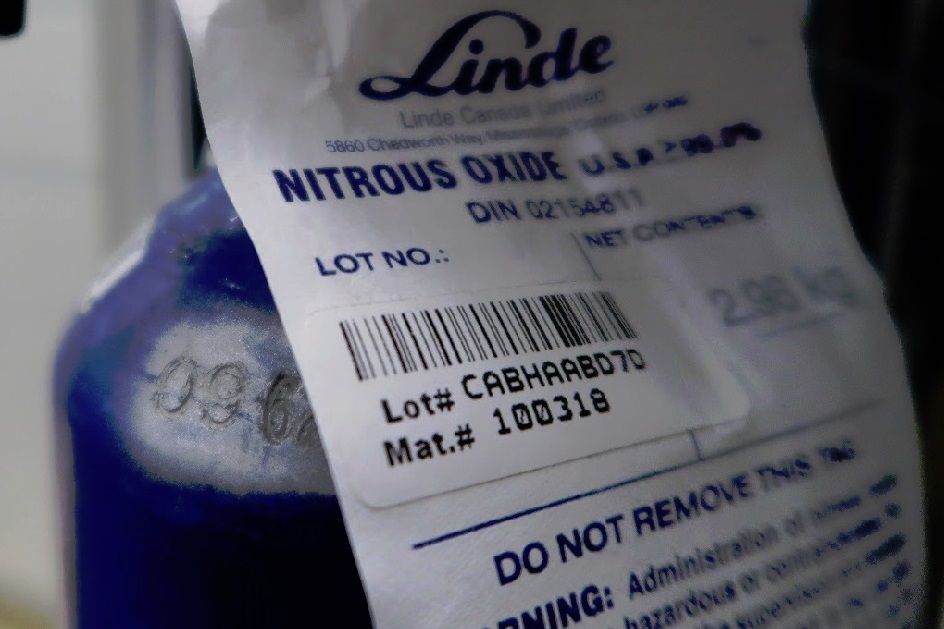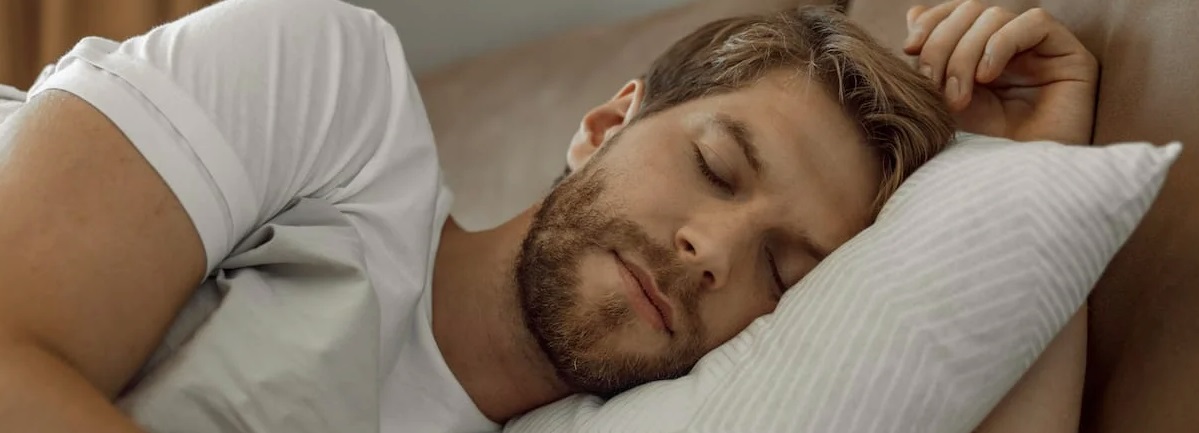What is Sleep Dentistry?
Sleep dentistry is usually defined as dental work done while the patient is sedated or asleep, but Archer Dental has created this webpage more to inform patients about dental products and procedures that can occur while the patient sleeps, at home, in bed. For example instead of grinding molars in sleep bruxism, teeth can be protected using night guards. That is sleep dentistry. Another example is how Invisible braces correct misaligned teeth at night while the patient is at rest. This is Archer Dental’s definition of ‘sleep dentistry’.
Other dentists may refer to sleep dentistry as the procedure used to calm (sedate) patients who are unusually anxious or who have abnormally high fears of dentists. For people who avoid dentists like the plague, sedation dentistry may take away some of their anxiety. Sedation can be used for everything from invasive procedures to a simple tooth cleaning and how it’s used depends on the severity of the patient’s fear.
What Is Sedation Dentistry?
Sedation dentistry uses medication to help patients relax during dental procedures. It’s sometimes referred to as “sleep dentistry,” although that is not accurate as patients are usually awake with the exception of those who are under general anesthesia.
Archer Dental clients may request Nitrous oxide which is very safe and is proven to increase comfort and reduce anxiety, allowing patients to feel more relaxed during treatment. Nitrous oxide is easily administered and the only real danger from using nitrous (when administered by a professional) are the disorienting effects, which means our guests are monitored and carefully escorted after their session.


What is Bruxism?
Bruxism is a common issue that could affect as many as twenty percent of Canadians, and possibly more as a result of the Covid pandemic and the stress that has caused our society.
Symptoms that a patient with bruxism might experience could include hypertensive teeth, aching jaw muscles, and headaches. It could also cause increased tooth wear and even cause teeth to break and crowns or fillings to be repeatedly lost or damaged.
There are two types of bruxism
There are two types of bruxism; sleep bruxism happens when patients are in sleep, while awake bruxism happens during the day when patients are working, doin stressful jobs perhaps, but they’re clenching their teeth without realizing the damage they’re doing to their teeth, jaws and mouth muscles.
Symptoms of sleep bruxism are usually the worst when the patient first wakes and they improve as the day matures. Awake bruxism symptoms are just the opposite; the pain is usually not present when the patient wakes, but the discomfort worsens as the day proceeds. Males and females have an equal prevalence of sleep bruxism, but females have a higher incidence of having awake bruxism. Sleep bruxism is considered a sleep-related movement disorder.

